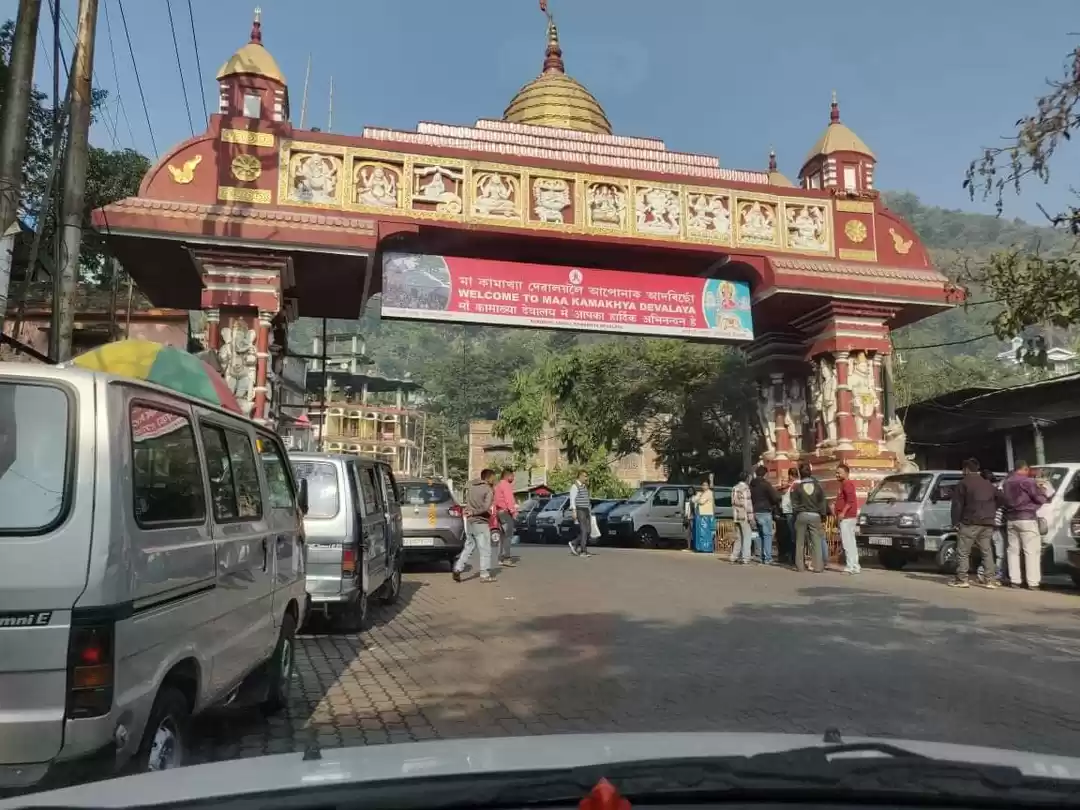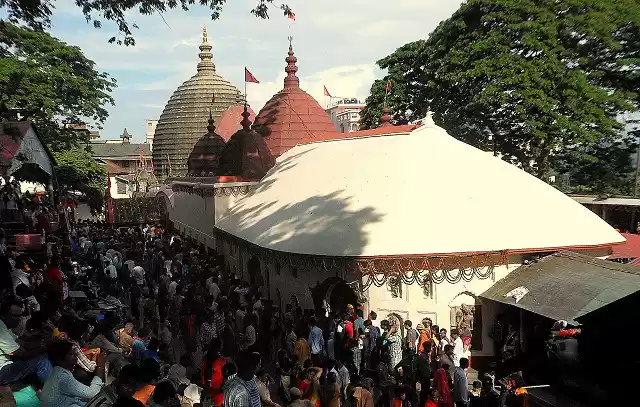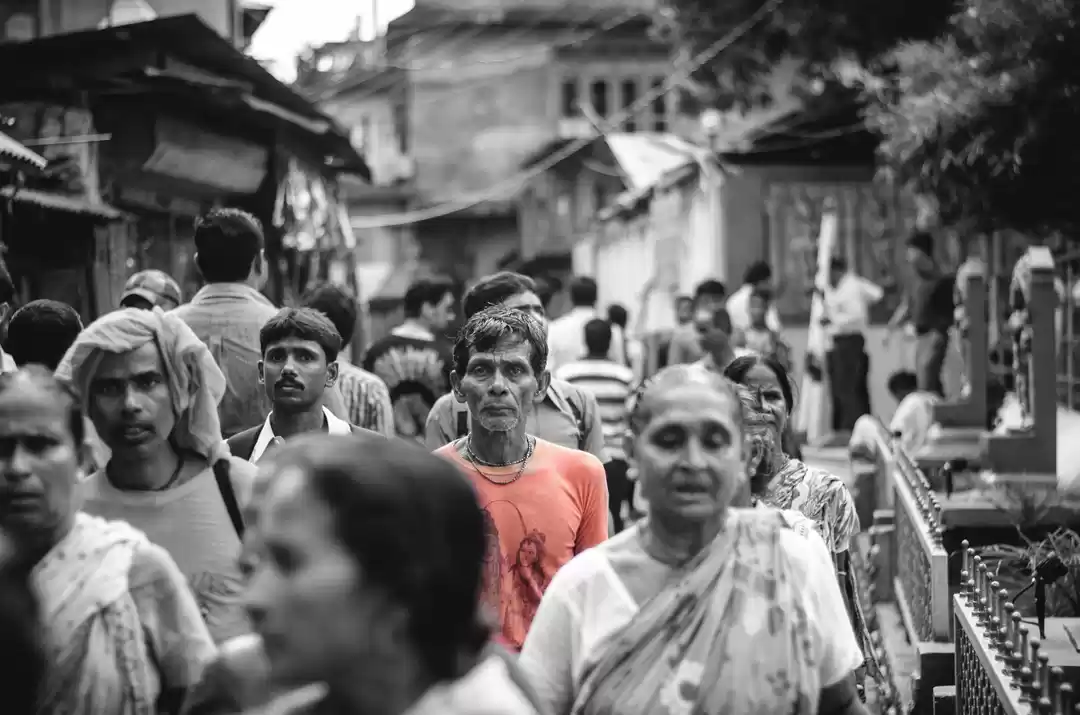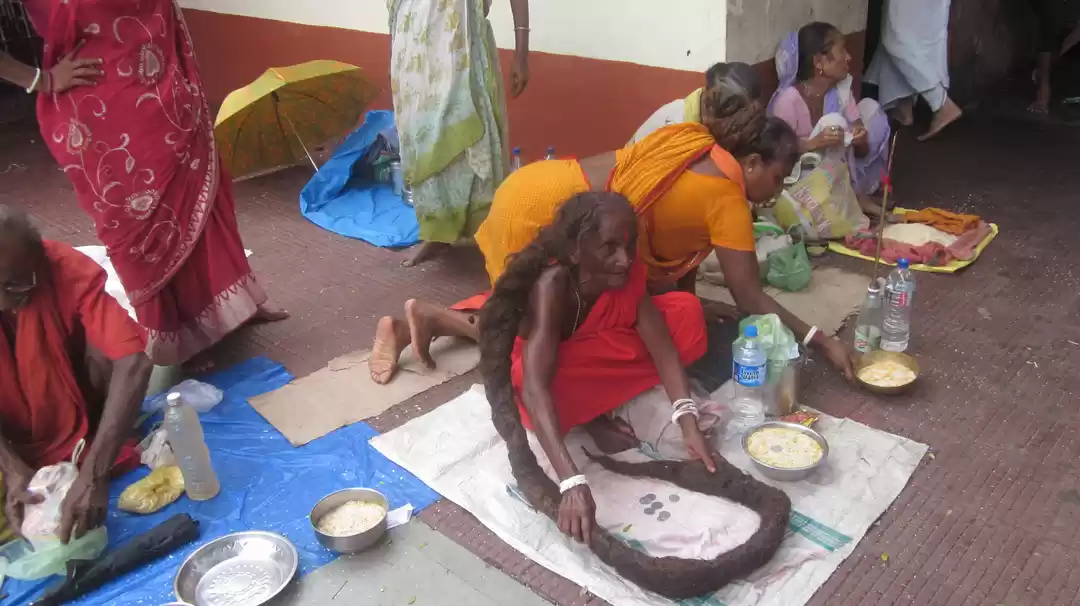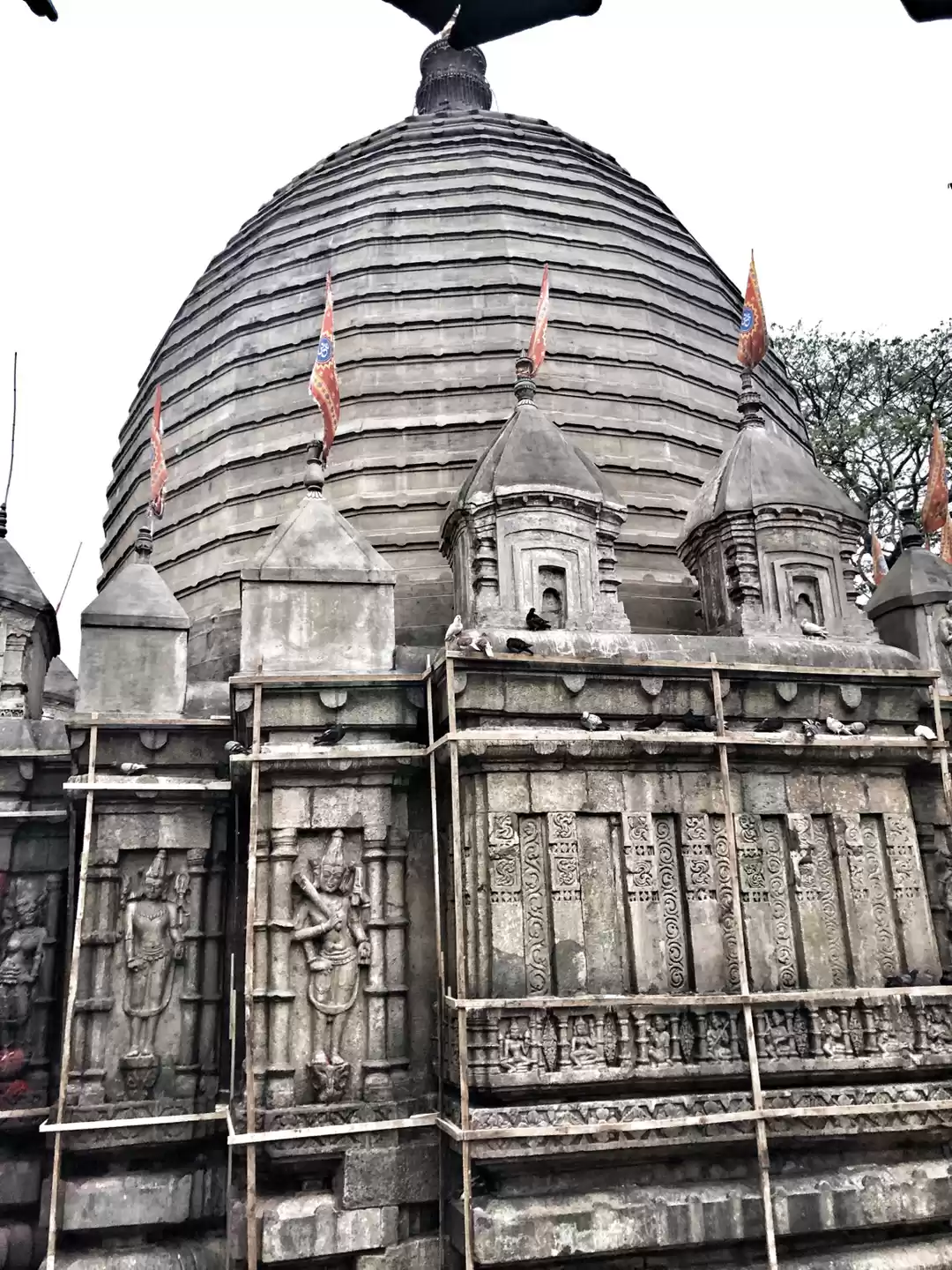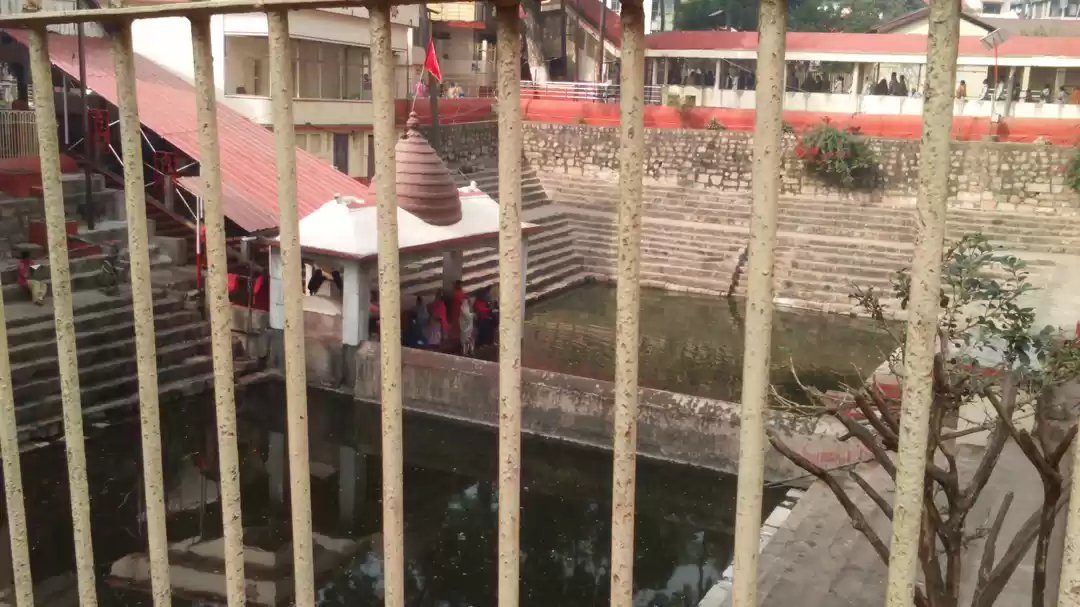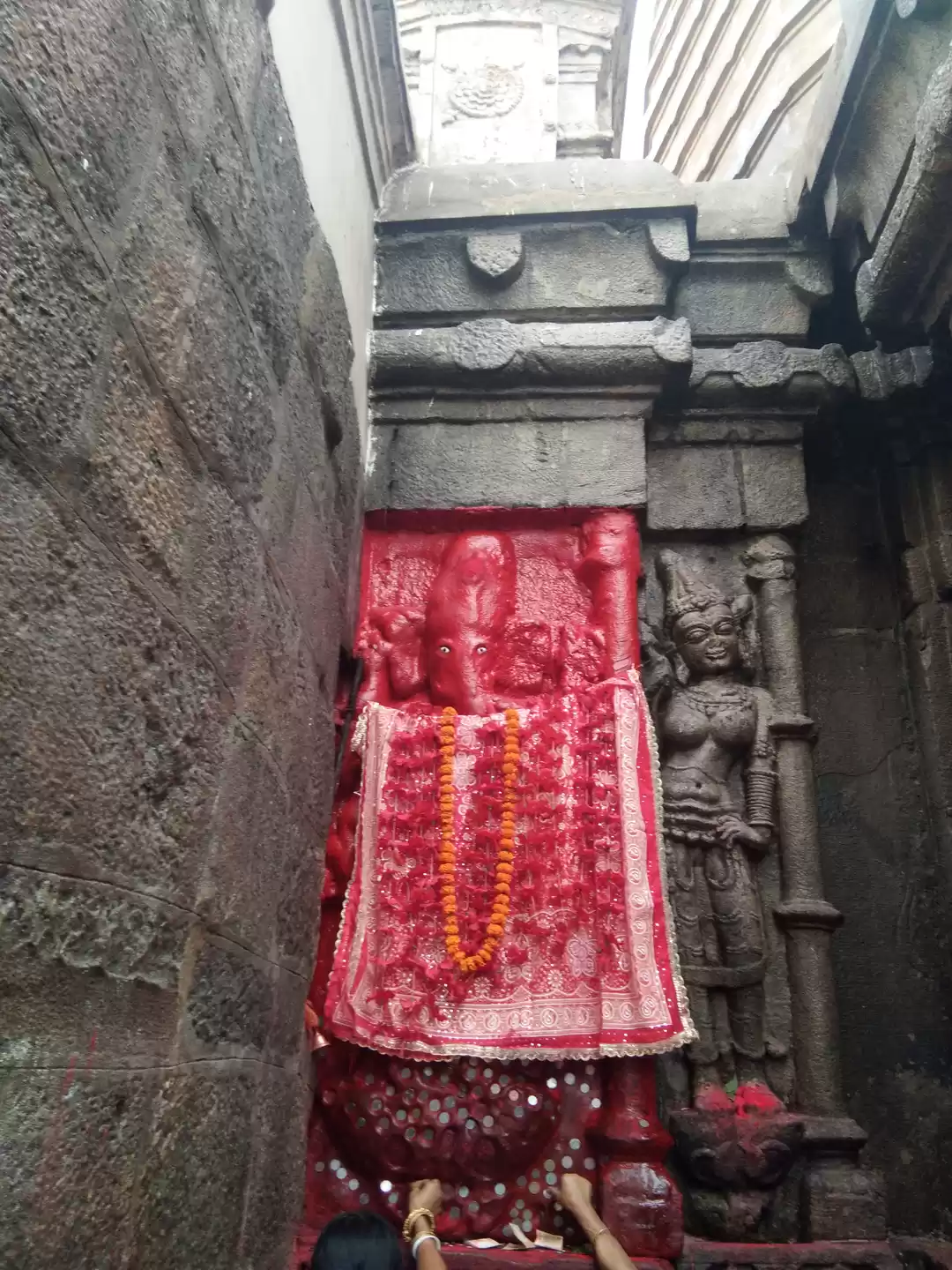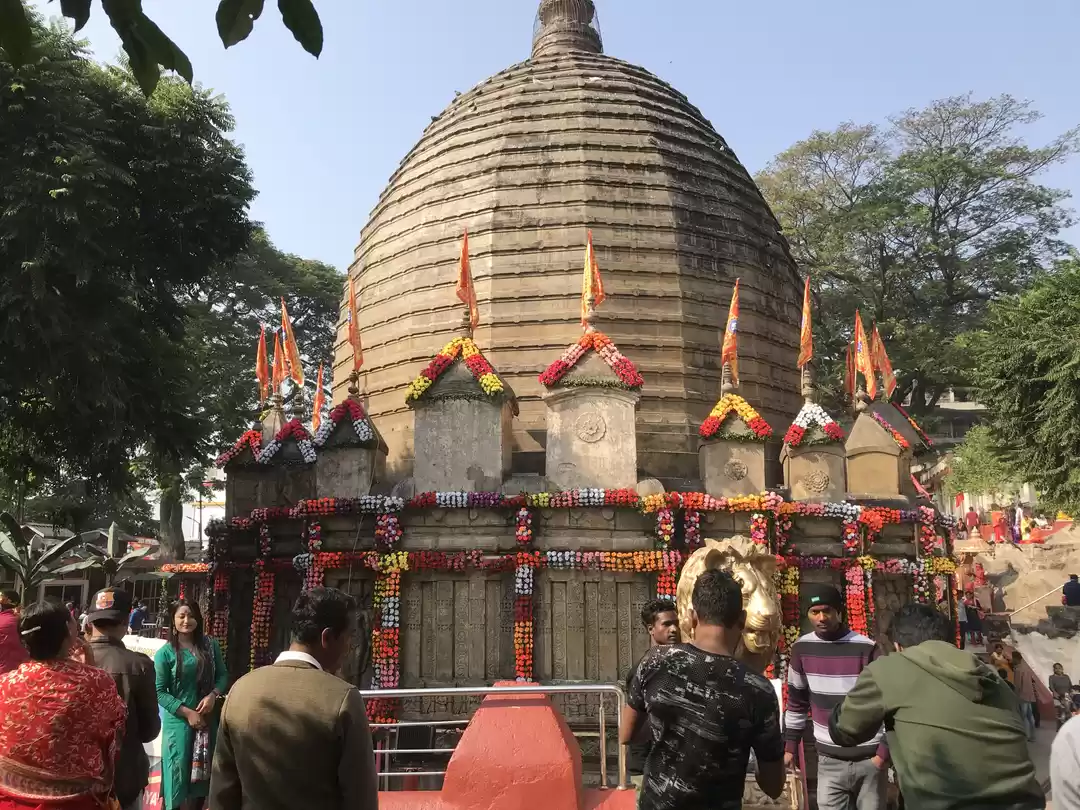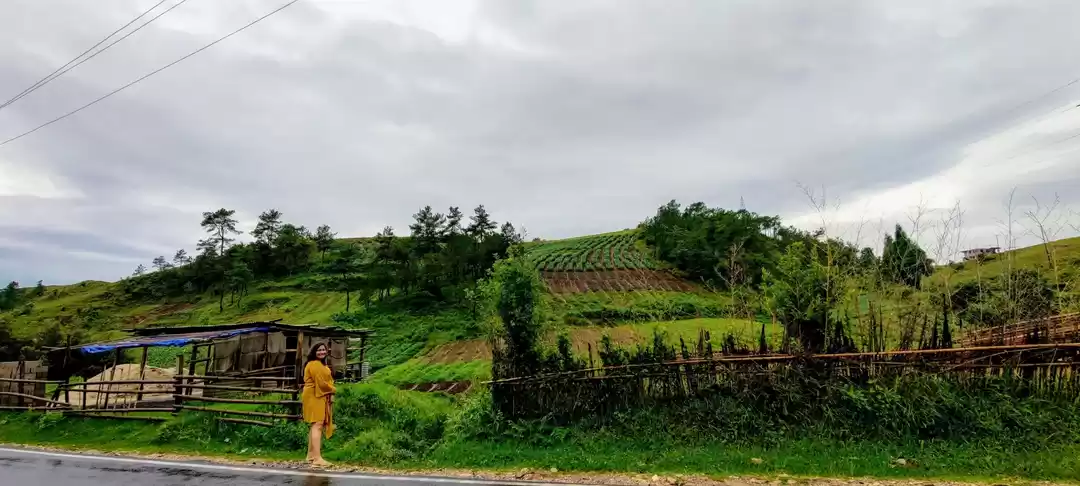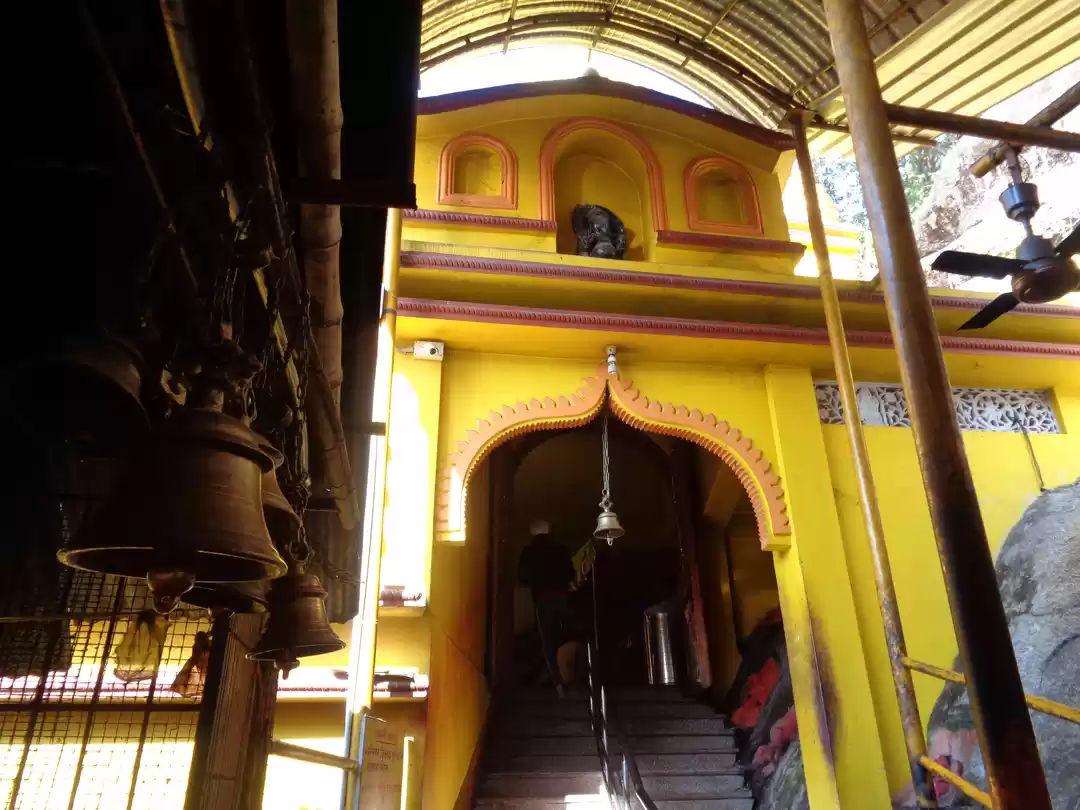
This year Maa Kamakhya is getting her Menstrual cycle on June 22 at 02:06:07 pm and will conclude on June 26 at 02:29:09 am. Yes, you heard true.
The Kamakhya temple is not just a famous pilgrimage site in Assam, but is also a unique temple in the country. The traditional belief associated with it is that our sacred Mother Earth is also like a fertile woman and every year Ambubachi Mela celebrates the annual menstrual cycle of Maa Kamakhya. Goddess Shakti goes through the menstrual phases during the days when the mela is celebrated and hence the temple is closed for the pilgrims for three days. And most interestingly, post this, various rituals are performed for hours to make sure that the Goddess retrieve her piousness.
INSIDE THE TEMPLE :
There’s actually not an idol representing Kamakhya here, only a Yoni or the vagina of the Goddess that is worshipped. The yoni shaped ‘Garvagriha‘ or the sanctum sanctorum of the temple houses the mythical womb and vagina of the Hindu goddess Shakti. Curiously enough, every year during the month of Ashaad (June), the water that flows through the Garbhagriha of Kamakhya temple turns red. It is believed that the goddess ‘menstruates’ during this period. The garbhagriha is small, dark and reached by narrow steep stone steps. Inside the cave there is a sheet of stone that slopes downwards from both sides meeting in a yoni-like depression some 10 inches deep. This hollow is constantly filled with water from an underground perennial spring.
WHAT HAPPENS IN THESE 3 DAYS?
During the Ambubachi mela, the temple remains closed for three days and during these three days, there are certain restrictions that the devotes come across like not worshipping, no reading holy books etc. After three days, the temple doors are reopened, and the devotees are allowed to enter the temple. Devotees then visit to seek the blessings of the Goddess, and Prasad is distributed among them.
NOW WHAT IS THE PRASAD AFTER AMBUBACHI?
Every year during the month of Ashaad (June), the water that flows through the Garbhagriha of Kamakhya temple turns red. It is believed that the goddess ‘menstruates’ during this period. The time when Maa is about to start bleeding, Pujaris place a white cloth in the yoni and close the door for 3 days. After 3 days when the door of the temple is opened, the white cloths is no more white then, it turns red. And this cloth along with some water are then collected by the pujaris. So after Ambubachi the Prasad is distributed in two different forms- ‘Angodak’ and ‘Raktavastra’. Angodak is the fluid part of the body. This refers to the ‘Water from the spring.’ And the word ‘Raktavastra’ means the cloth covering the body. This refers to a piece of white cloth used to cover the yoni-shaped stone during the menstrual cycle of the Goddess, which turns red after the three day cycle.
THE STORY / THE MYTH BEHIND :
The story of origin is behind the temple quite interesting. It revolves around the Hindu gods Shiva and Sati. Legend has it that Sati wanted to attend a yajna (sacrifice) that her father was offering to the Gods. She decided to go anyway, only to be insulted by her father who also insulted Shiva in the process. Unable to bear the shame, she decided to sacrifice herself into the fire instead. Lord Shiva was so aggrieved when he found out what happened, he took his wife’s burnt corpse and started his dance of destruction or Tandav. Shiva was causing so much destruction it was going to destroy the world. This made Vishnu, the operator God, send his chakra to cut the body and stop Shiva’s rage. It is believed that Sati’s body parts fell in 108 locations across the country, which are today known as Shakti peeths. And The place where her womb and vagina fell is what constitutes the Kamakhya temple.
----------------------------















